“THE BEAUTY OF CHANCE”
This interview was originally published (in French) on Nikon France’s Le Mag. Following is an English translation of the interview in full.
How did your start your career in photography?
I grew up in a house filled with photography; hanging on the walls of my childhood home in Fonthill, Ontario are images my father has taken, himself an avid and accomplished amateur photographer. It was my father who taught me about photography when I was a young boy: how to operate a manual camera, skillfully interpret light and imaginatively compose an image. But more importantly, my dad instilled in me a sense of curiosity and adventure; these are the traits that have truly made me a photographer.
I chose to study economics at Queen’s University in Kingston, Ontario and although I was always interested in picture making (because of my father’s influence), it wasn’t until I graduated and moved to Asia in 1996 that the photographer in me truly awakened.
I have lived in Asia for nearly 19 years now, originally moving to Singapore to take a job in marketing with Coca-Cola, and then later with American Express. Living and working in the region provided me with the opportunity to travel frequently to vibrant and exotic destinations.
Carrying my camera with me everywhere I traveled, I grew to love searching for, or simply stumbling upon, unique photographic opportunities. But a new year’s resolution 11 years ago changed my life, and set me on an exciting path as a professional photographer.
It was January 2004, and I was at a Chinese New Year dinner with some colleagues from American Express when I was posed this question: “If you had all the money in the world, what would you do for the rest of your life that would bring you joy?”
I immediately knew my answer: I would travel around the world and take photographs. I decided then to make photography a more significant part of my life.
I started to share my images with friends, artists and other photographers, listening to their comments and incorporating their feedback into my work. In time I was offered some small exhibitions, then opportunities to have my photography published in local magazines, and eventually they began appearing regularly in regional and international photography, lifestyle and travel publications.
These successes encouraged me to continue pursuing my passion for photography. However, all this time I was still employed at American Express. On December 26, 2004, the Asian tsunami decimated communities across the continent, claiming hundreds of thousands of lives. This day was also my 30th birthday.
“The events of that fateful day, combined with my milestone birthday, caused me to reflect on my life and take a leap of faith. I decided then to resign from my job at American Express in order to pursue my photography dream full time. And I’ve never looked back.”
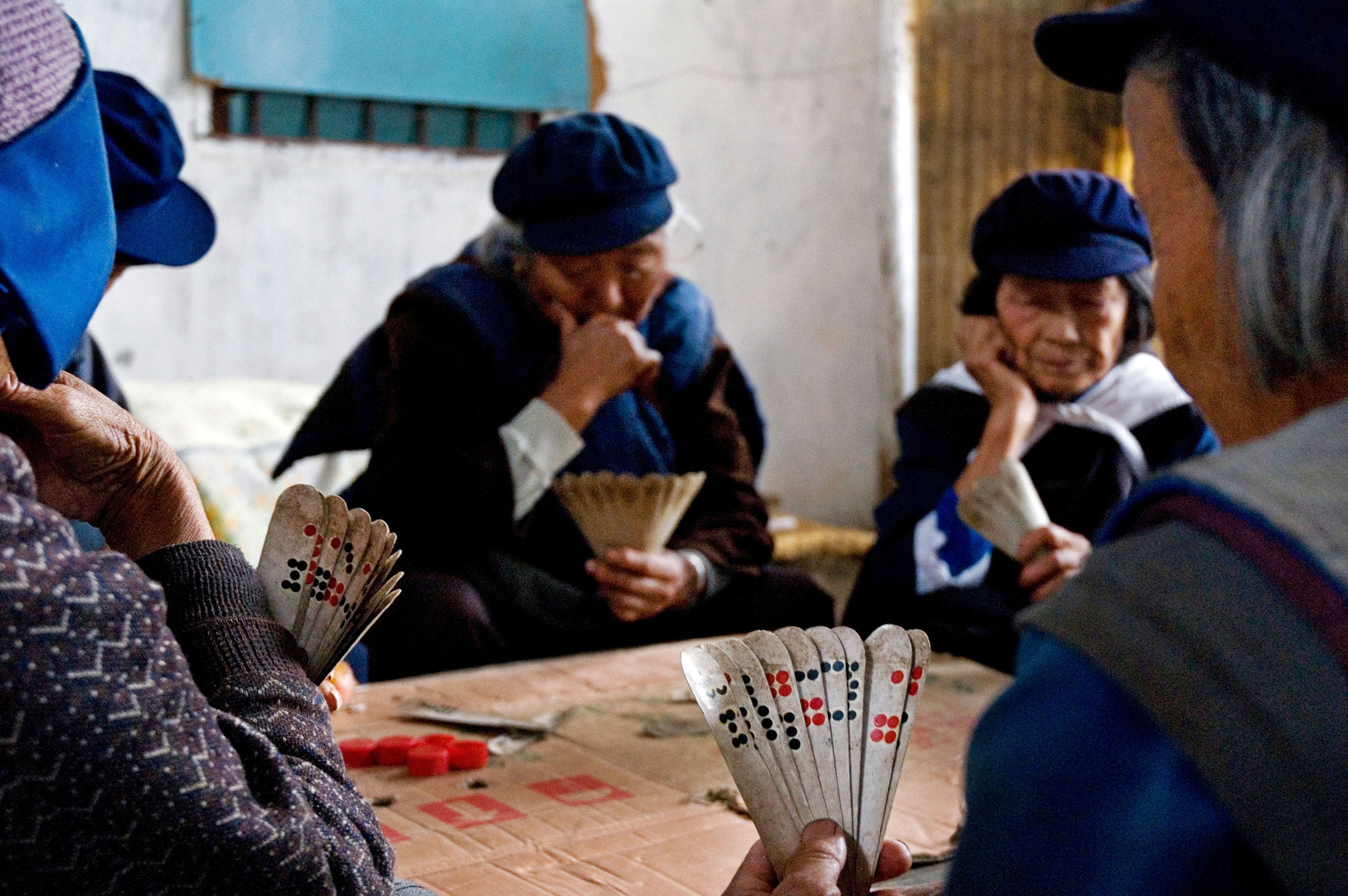
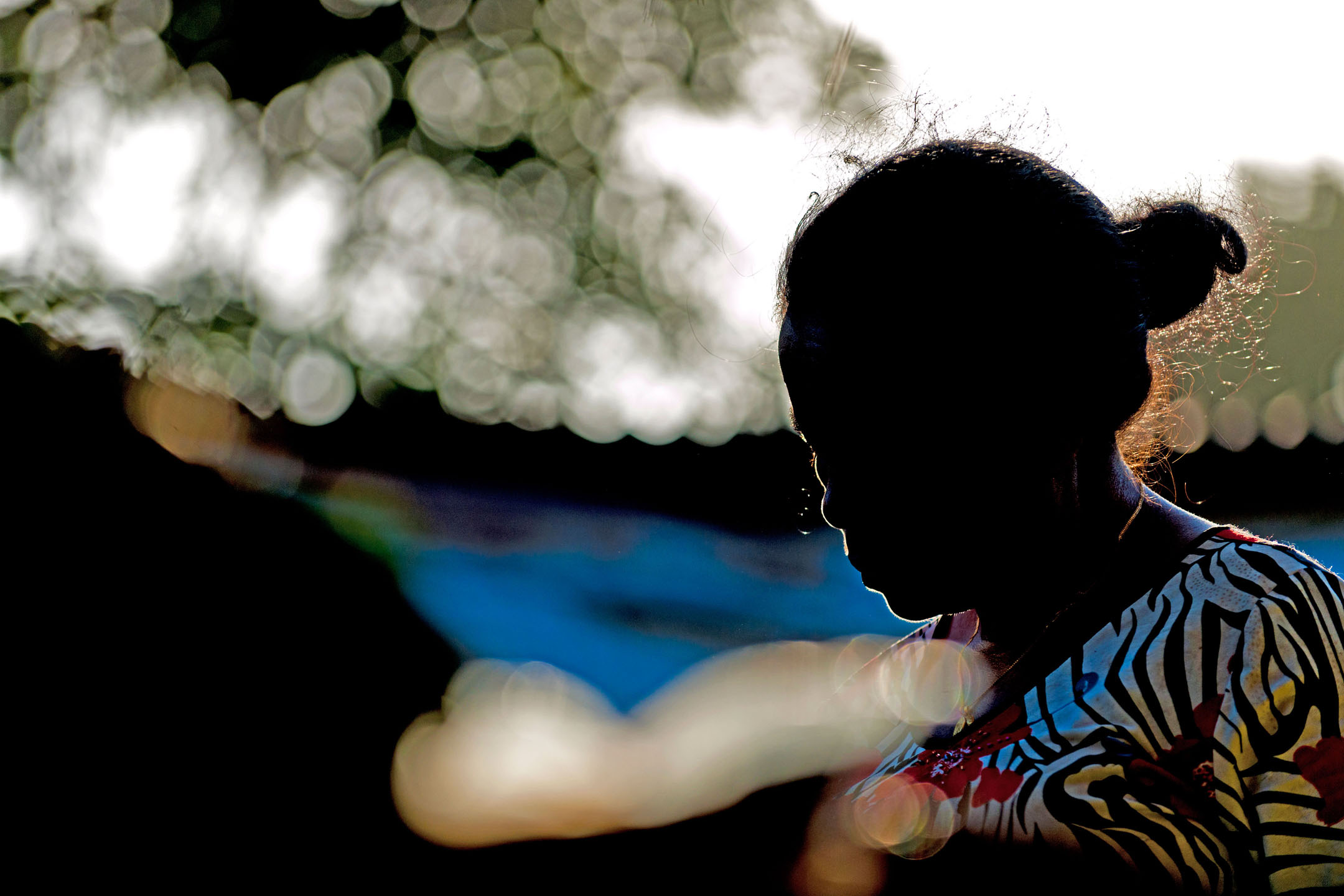
What inspires you?
I find my creative inspiration in many places. It can be beautiful, soft light. It can me the majesty of Mother Nature. It can be the styling or art direction in a film or television series. It can be the thrill of experiencing a new city for the very first time. It can be the outstanding work of another photographer or artist. It can be a person – a family member, a loved one, a model, a perfect stranger — that just makes everything come together in a perfect moment. I really believe that inspiration and creativity is all around

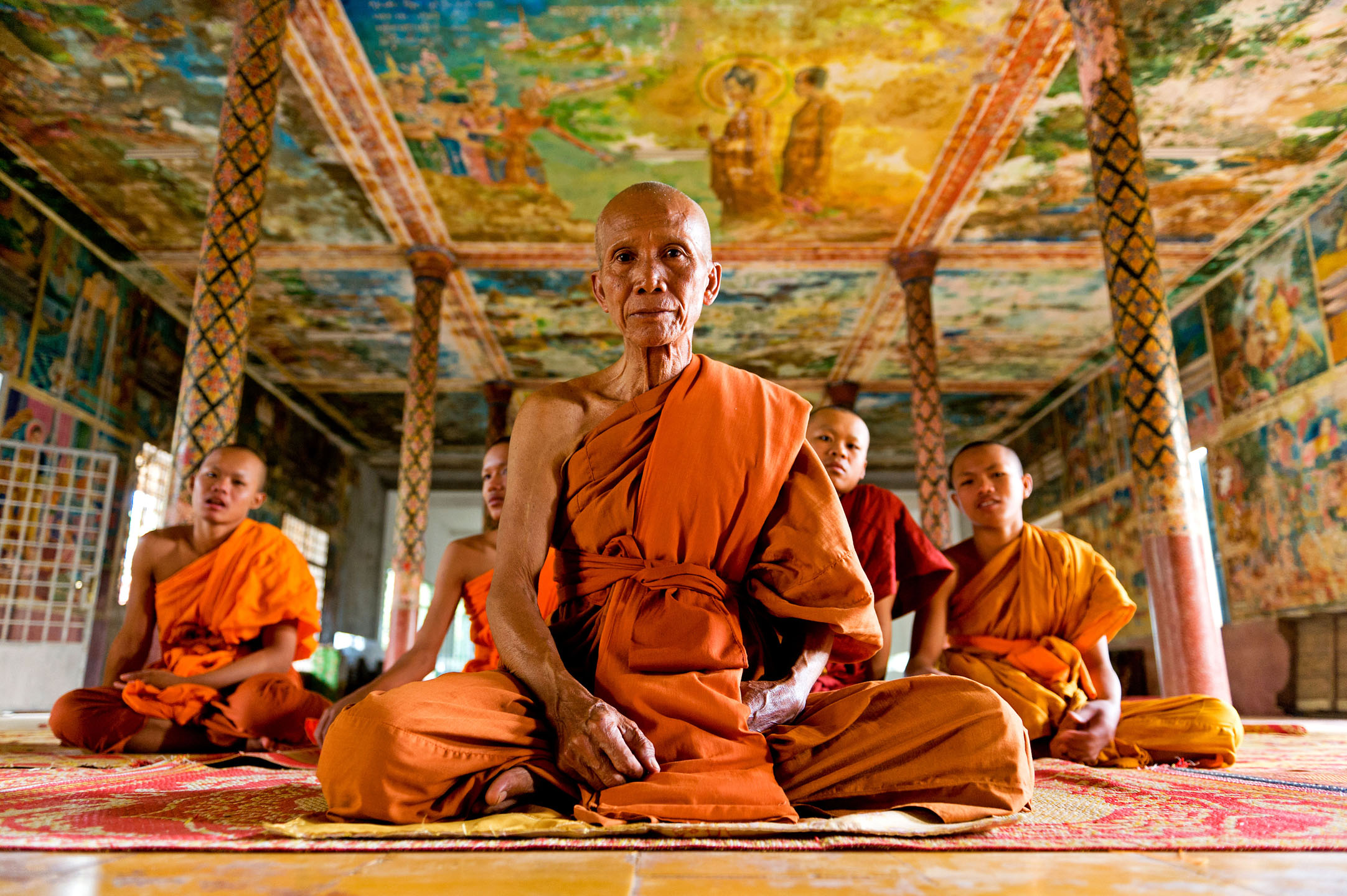
What countries have you travelled in and what are some of your most vivid memories?
I have been extremely fortunate to travel and shoot in more than a dozen countries across Asia over the past two decades. However, of all the places I’ve experienced, there is no destination on earth quite like the remote and enigmatic Kingdom of Bhutan.
Cradled deep in the creases of the soaring Himalaya and landlocked by China to the north and India to the south, east and west, the ‘Land of the Thunder Dragon’ is a spectacular mixture of stunning, rugged countryside, centuries-old architecture, vibrant and colourful culture and friendly, welcoming people.
I have explored and documented Bhutan three times, and each visit left me feeling overwhelmed by the beauty and richness I encountered. But it is my first trip there nearly seven years ago that endures as one of the most remarkable adventure and photography experiences of my entire life.
For as long as I can remember I’d fantasized about visiting Bhutan. And when I finally got the chance to travel to the Himalayan Kingdom alongside a documentary film crew in 2008, it was a life- and career-defining moment for me. Not only is the body of work I made on my first visit to Bhutan some of the most diverse and consistently strong imagery I’ve ever created, those pictures are also the most critically acclaimed and commercially successful I have ever shot.
In fact, following my first trip to Bhutan, a photo editor at National Geographic Magazine in Washington, DC saw my Bhutan imagery and contacted me; one of my photographs — of a group of young novice monks happily careening down a steep hill on their way to dinner at their Thimphu monastery — ended up gracing the glossy pages of National Geographic Magazine a few months later. It was a dream come true for me to visit Bhutan, and another dream come true to see one of my photographs featured in the iconic National Geographic Magazine. For these reasons, Bhutan will always hold a special place in my heart.
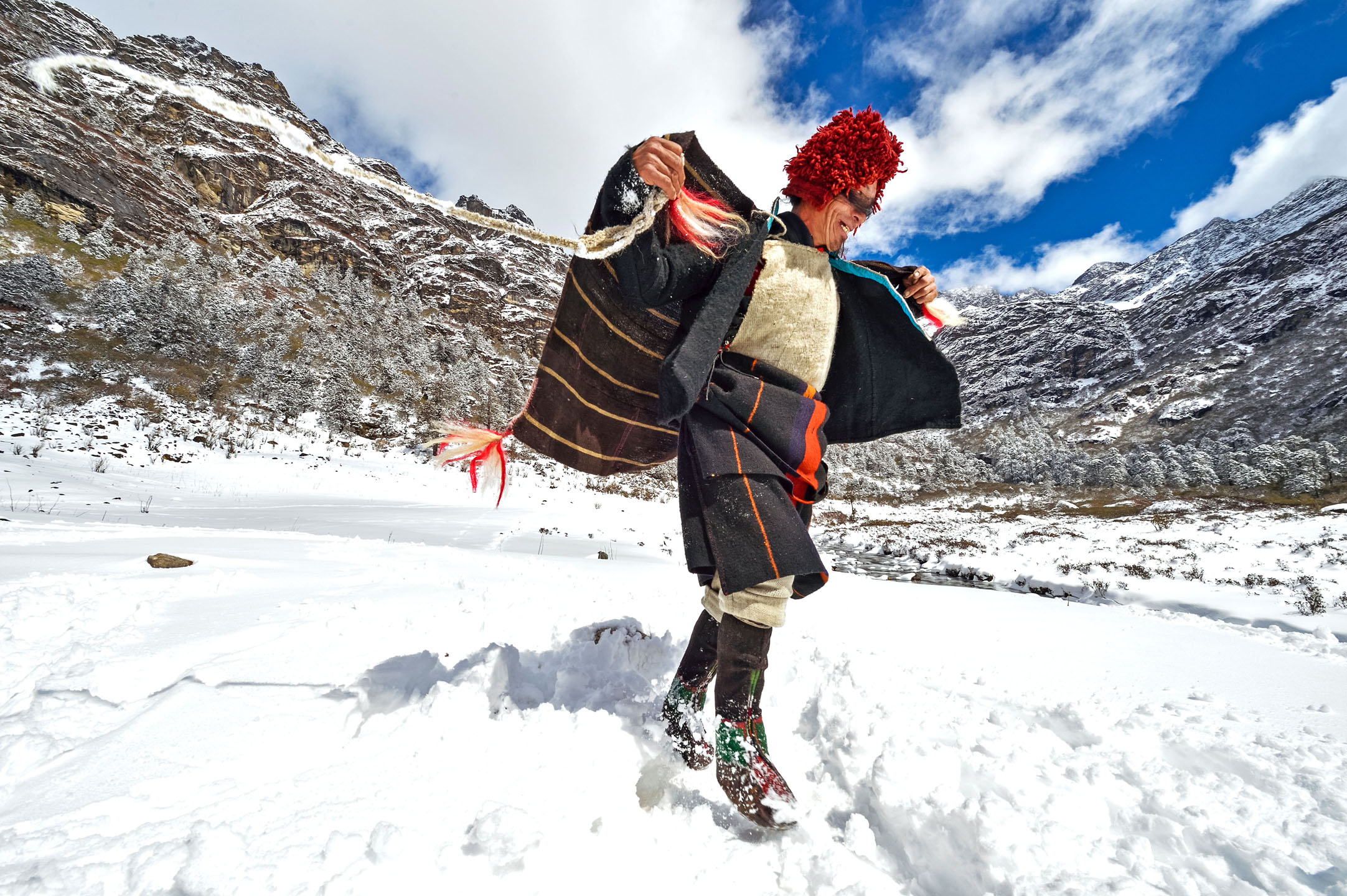
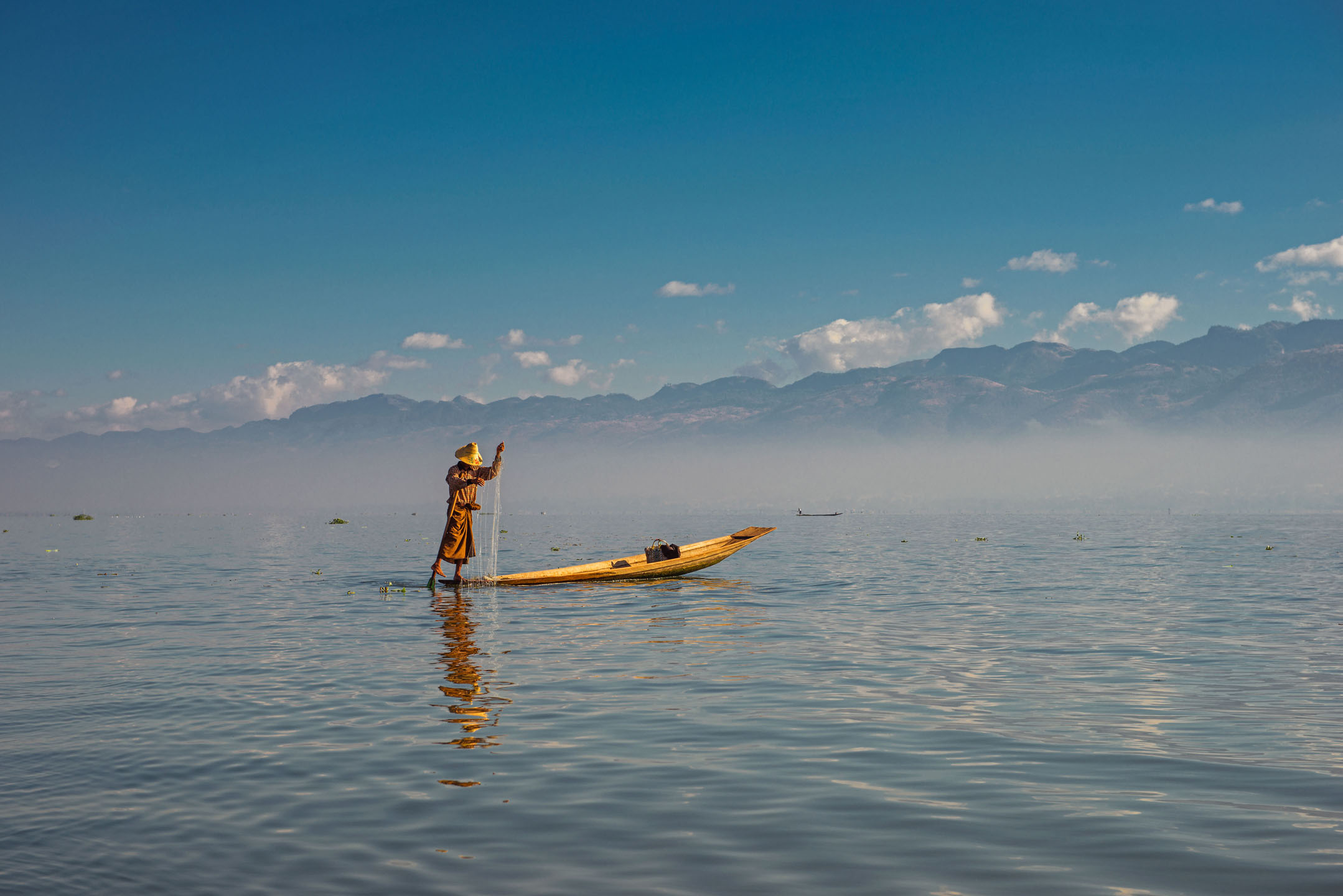
What camera and lenses do you use to shoot professionally?
My current kit comprises a Nikon D4 and Nikon D800E, and I have three primary lenses that I use for most of my work: 14-24mm f/2.8, 24-70mm f/2.8 and 70-200mm f/2.8 VRII. However, I think it’s important to emphasize that creating great photographs has little to do with owning the best and most expensive equipment. For me, the real secret behind great photography is in how you see a moment and interpret it in a still frame. Are you able to make something ordinary appear extraordinary by showing it differently? Are you able to make the viewer feel an emotion when they look at your photograph? Are you able to transport someone to a moment with you simply by pressing the shutter?
I once read that a camera is an amazing excuse to delve deeper into a place than we otherwise would. I like this description. Searching for an interesting photograph forces us to look at our surroundings differently, to explore a place further, to look beyond the obvious and hunt for something unique and special. Literally and creatively, I can go one direction and discover a remarkable photographic opportunity. Or I can choose to go another direction and find something entirely different. It is this adventure that is the beauty of photography for me.
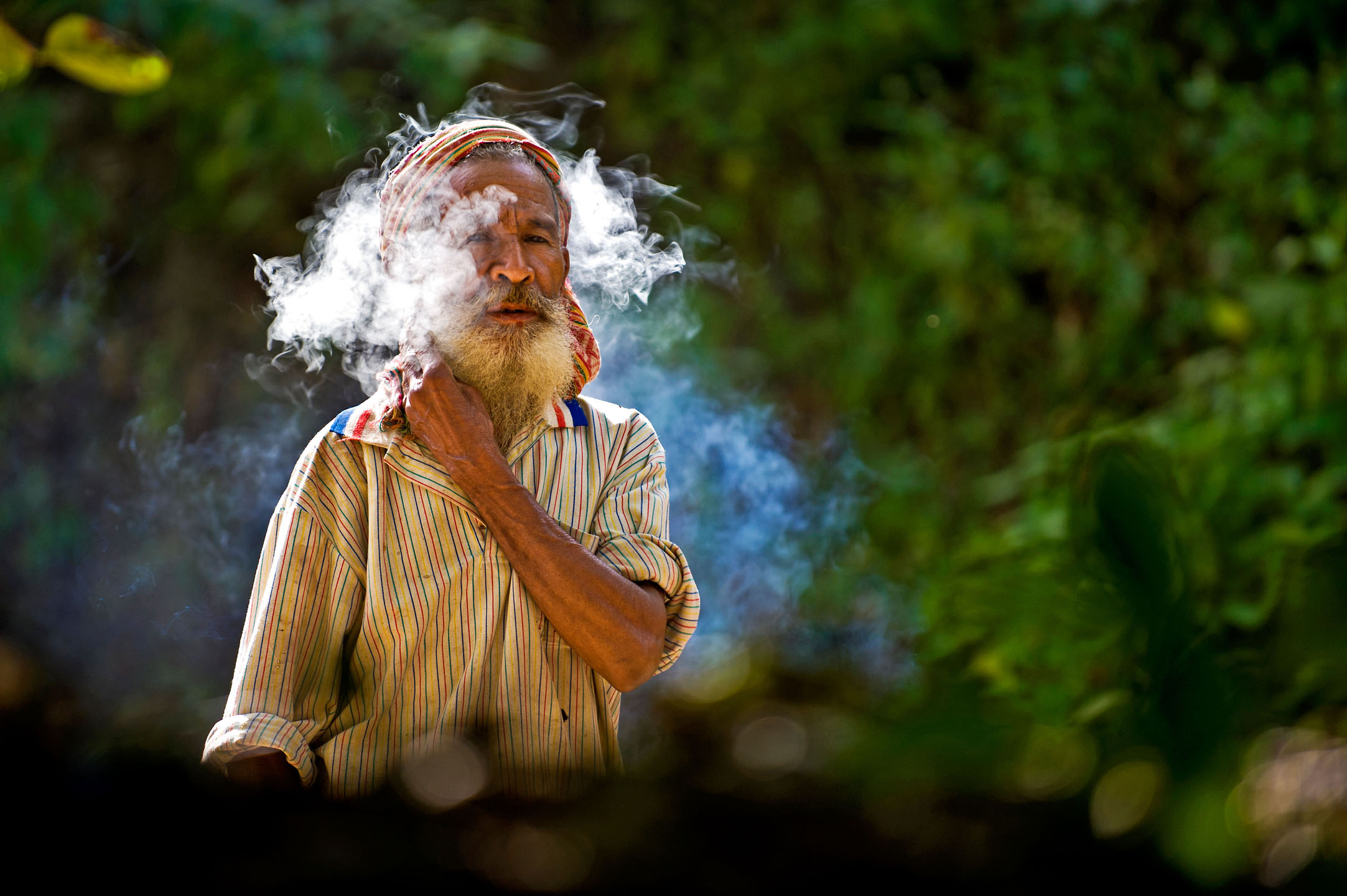
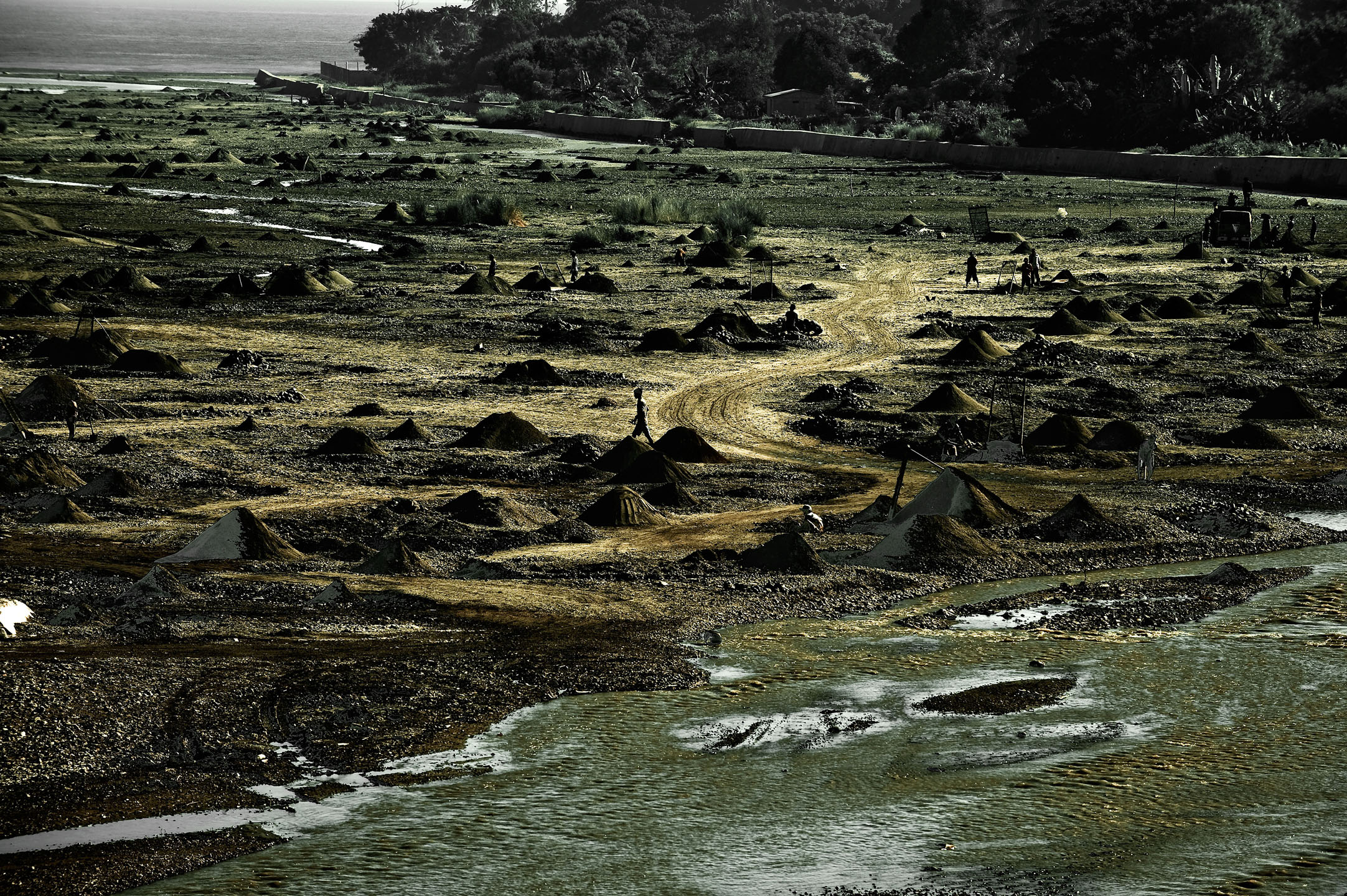
What would be your advice to any amateur photographer who wishes to improve?
1) BE INSPIRED. Do a little research about the whom or what you will be shooting ahead of time. The more you know about what or whom you will be shooting, the better prepared you can be. Try to have some ideas for the types of photographs you want to create beforehand. There is no shame in looking at other photographers’ interpretations of a location or scene. Use others’ work – there is an endless stream of imagery from photographers across the globe on Instagram and Flickr and Twitter – to be inspired and help get your creative juices flowing so you can create your own unique photography.
2) PLAY WITH LIGHT. The most critical ingredient in all great photographs is the light. The best images always make interesting and powerful use of light. The angle of the sun significantly affects the warmth, contrast and texture of a photograph. As often as possible, shoot in the warm “golden hours” of early morning and late afternoon (one hour after sunrise or one to two hours before sunset when the sun is low and the light is soft and yellow/orange). Dramatic light can make even the most mundane subjects appear outstanding, so also be on the lookout for beams of light peeking through clouds, filtering through trees, or shining through windows. Make use of long shadows cast during the golden hours, and try to use backlighting to silhouette your subjects.
3) EXPERIMENT. Be on the lookout for creative and dynamic angles. Shoot without looking through the viewfinder. Shoot speeding traffic by moving the camera at the same speed as the vehicles. Get on the ground and shoot up. Climb a tree and shoot down. Shoot without the flash. Try long exposures. Get close to your subjects. And when you think you’re close, get even closer. The more creative you get, the more you’ll learn about what works and what doesn’t work, and the better your photographs will be. Or maybe you’ll just get lucky and make a beautiful accident.
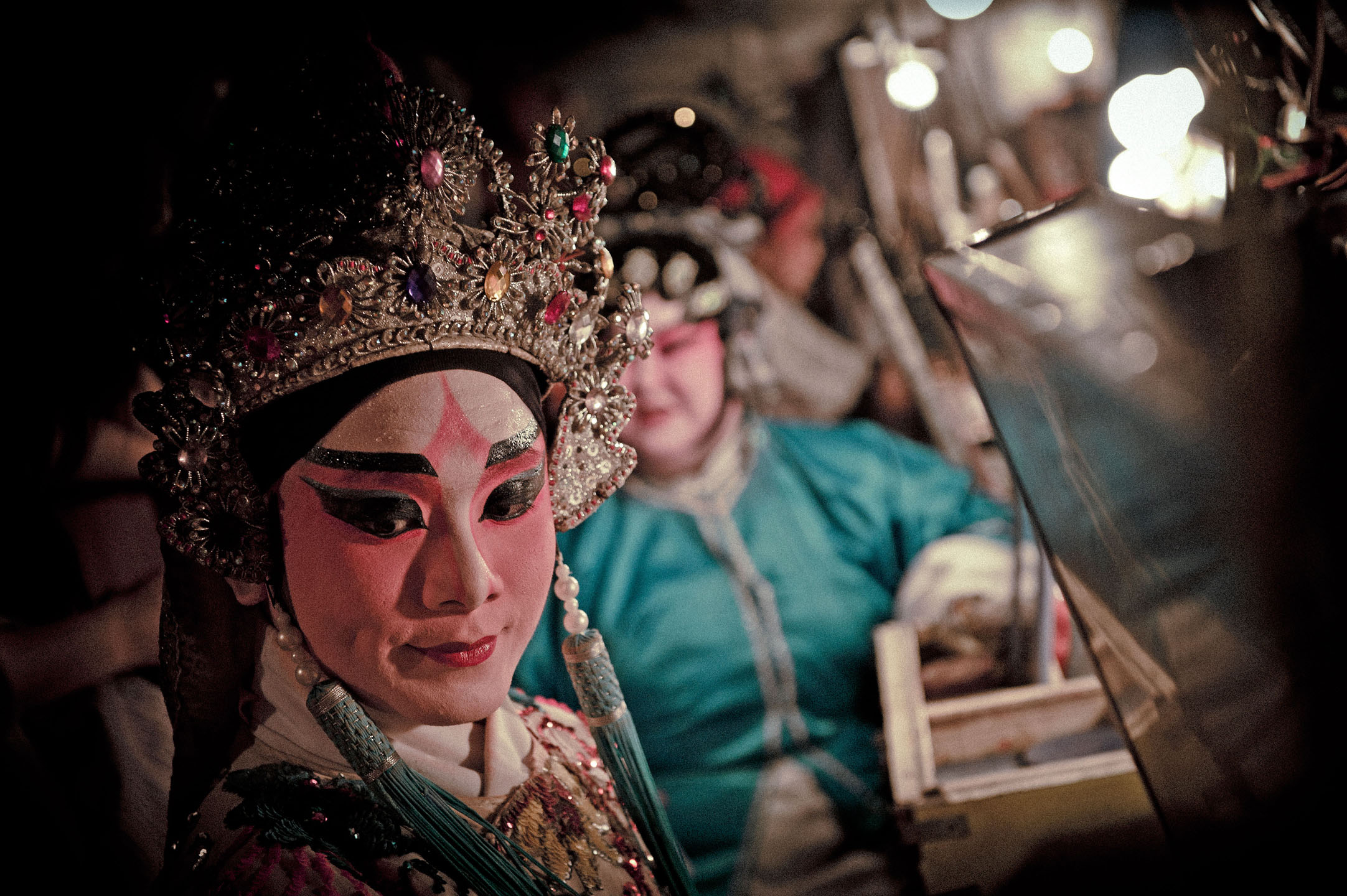
Do you have any upcoming project you would like to let us know about?
I recently gathered a group of my most creative friends from across a variety of artistic disciplines — hair and make-up styling, illustration, digital imaging, filmmaking, music — to work together on a personal project. We collaborated to pay tribute to six of the greatest fashion photographers with our own mixed media interpretation of some of their best work. The backstory, creative process, finished photography and behind the scenes film of our homage, which we called ‘ICONS’.

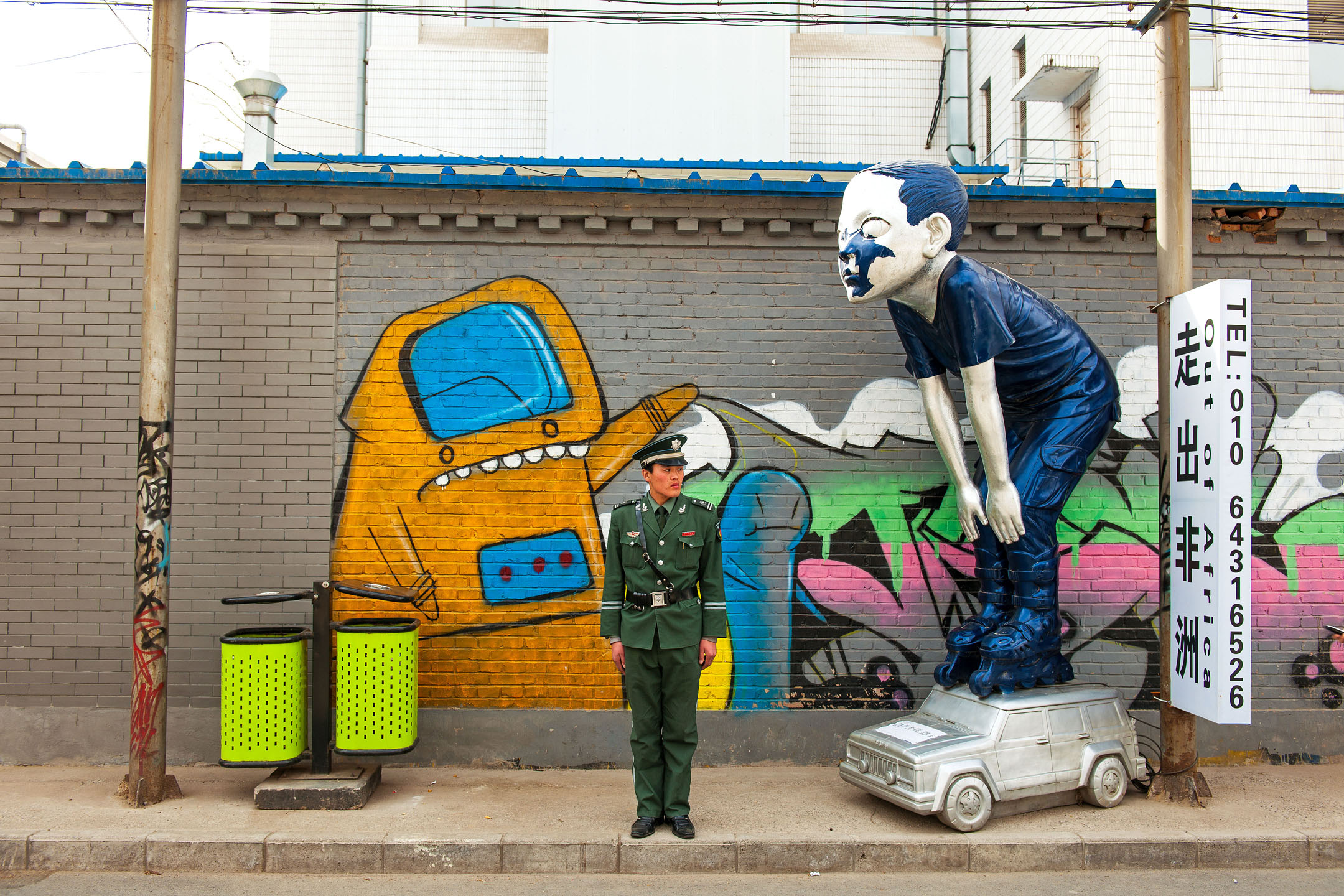
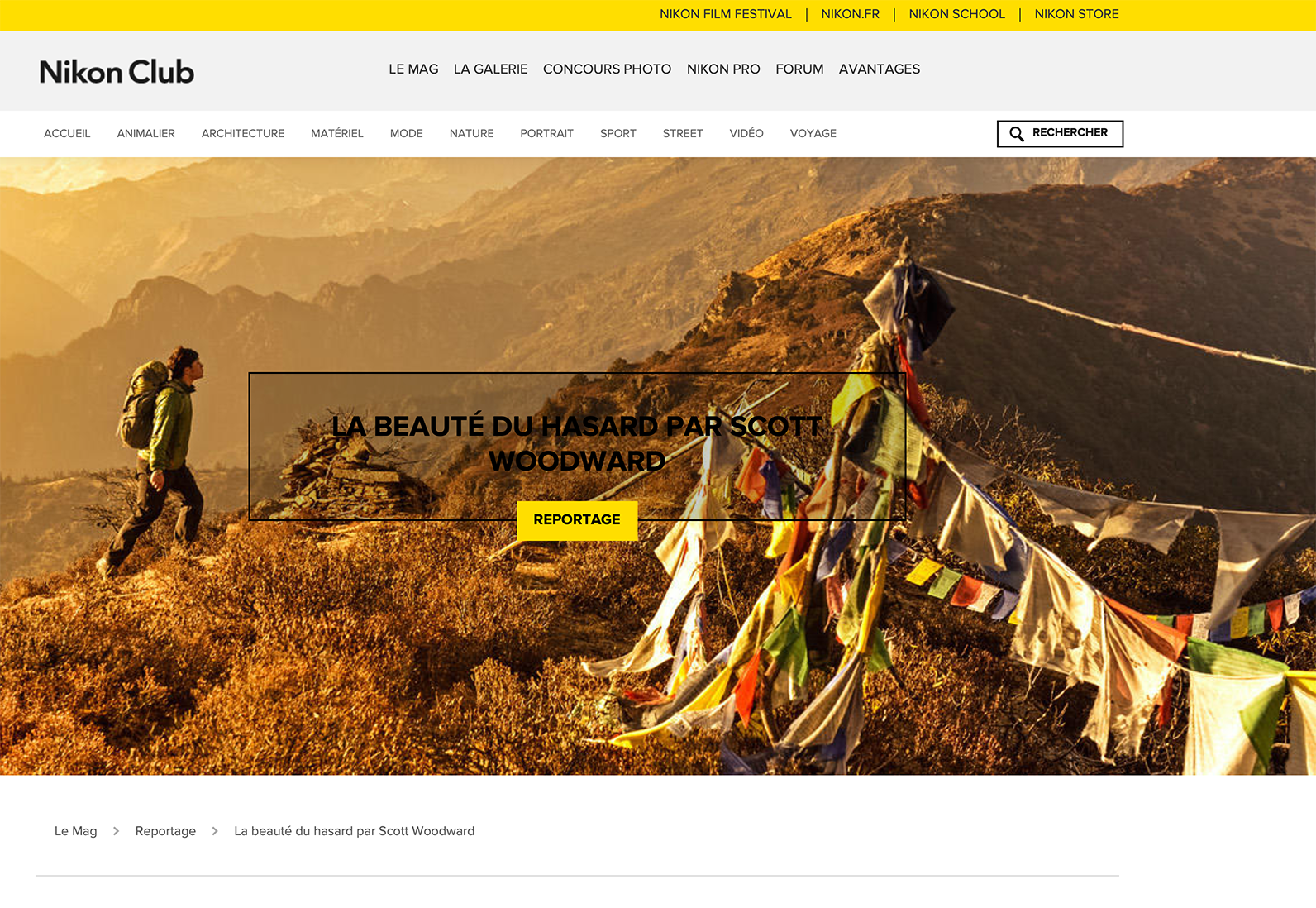
Share your thoughts